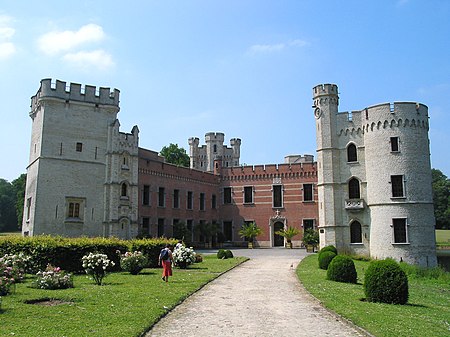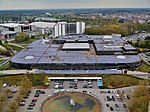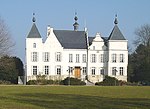Meise
Municipalities of Flemish Brabant

Meise (Dutch pronunciation: [ˈmɛi̯sə]) is a municipality located in the Belgian province of Flemish Brabant. The municipality comprises the towns of Meise proper and Wolvertem (a deelgemeente), and, several smaller villages like Sint-Brixius-Rode, Oppem, Meusegem, Impde/Imde, Rossem, Westrode and quarters as Bouchout, Nerom and Slozen. As of January 1, 2006, Meise had a total population of 18,464. The total area is 34.82 km² which gives a population density of 530 inhabitants per km². Meise is also a last name of a few families originating from Germany.
Excerpt from the Wikipedia article Meise (License: CC BY-SA 3.0, Authors, Images).Meise
Koninklijke Kasteeldreef,
Geographical coordinates (GPS) Address Nearby Places Show on map
Geographical coordinates (GPS)
| Latitude | Longitude |
|---|---|
| N 50.933333333333 ° | E 4.3333333333333 ° |
Address
Koninklijke Kasteeldreef 3
1860 (Meise)
Flemish Brabant, Belgium
Open on Google Maps









